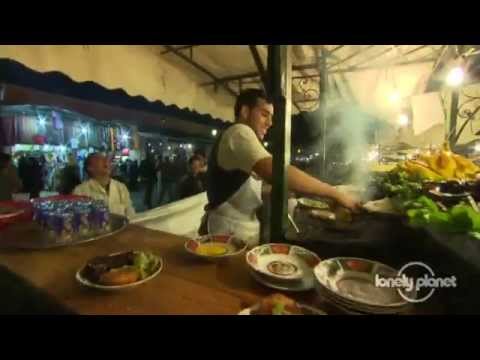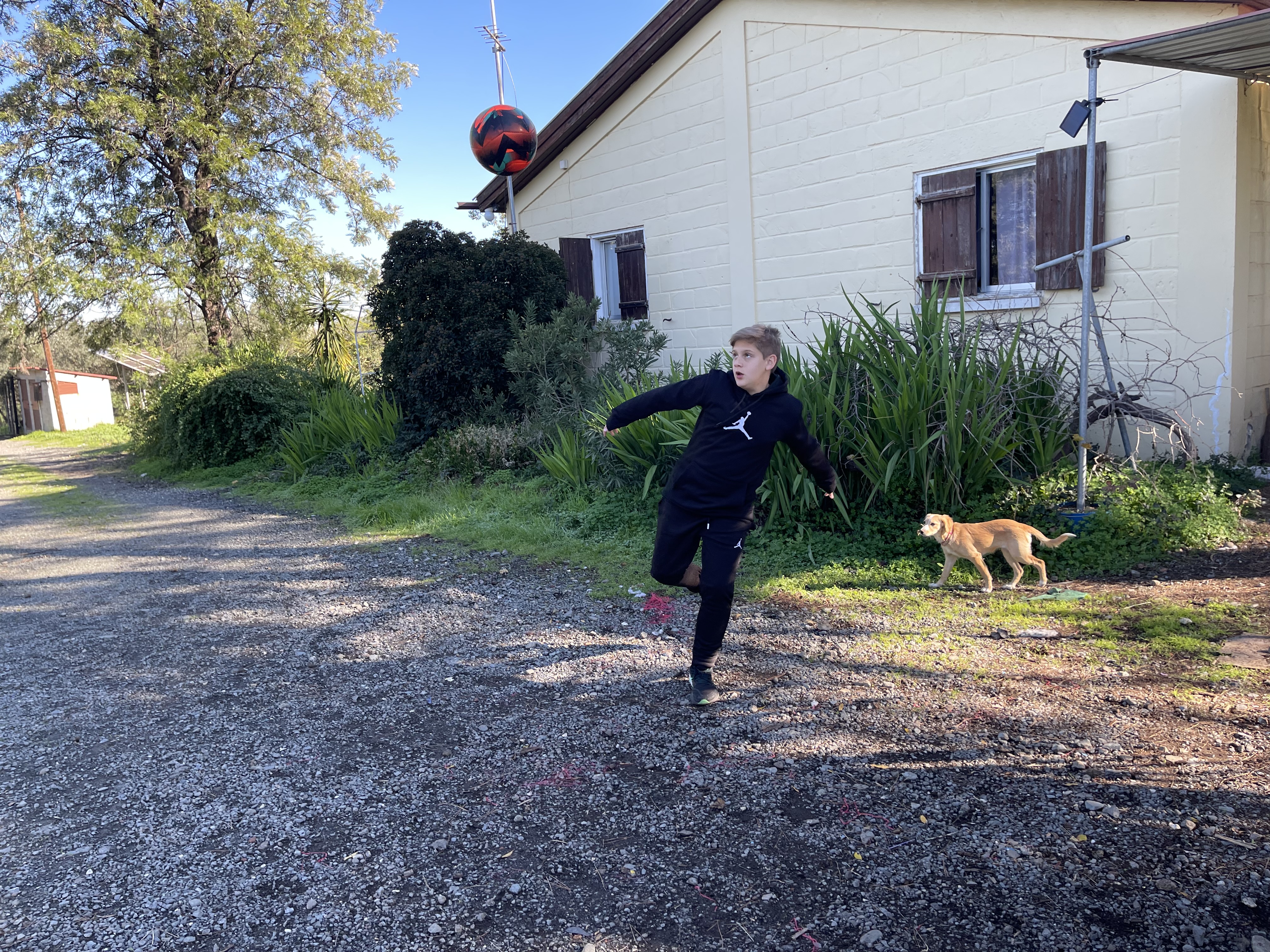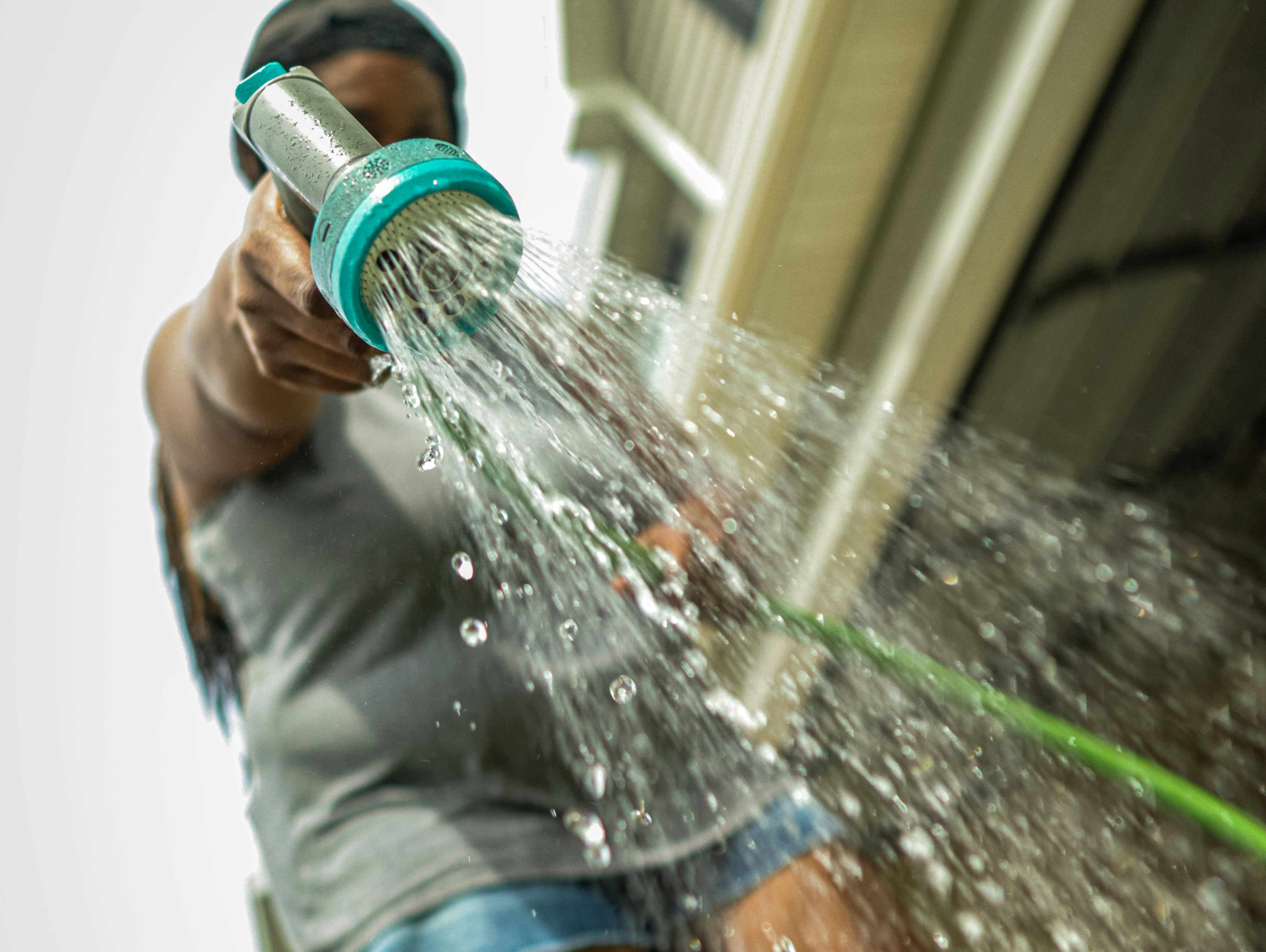As of 2021, Marrakesh is the Kingdom of Morocco’s fifth-largest city and, until the outbreak of Covid-19, has been considered its most exciting, mixing mayhem with memorable sights and experiences.
Like all Moroccan cities, it’s a town of two halves: the ancient walled Medina, founded by Sultan Youssef Ben Tachfine in the Middle Ages, and the colonial Ville Nouvelle, built by the French in the mid-20th century. Each has its own delights – the Medina with its ancient palaces and mansions, labyrinthine souks and deeply traditional way of life, and the Ville Nouvelle with its pavement cafés, trendy boutiques, gardens and boulevards.
In essence, Marrakesh has always been a gathering point where tribesmen and Berber villagers could bring their goods, spend their money and find entertainment. At its heart is the Jemaa el Fna, an open space in the centre of the city, and the stage where onlookers gather around groups of acrobats, drummers, pipe musicians, dancers, storytellers, comedians and fairground acts.
The city’s architectural attractions are equally arresting, featuring the magnificent ruin of the El Badi Palace, the delicate carving of the Saadian Tombs and, above all, the Koutoubia Minaret, the most perfect Islamic monument in North Africa.
Small wonder, then, that Marrakesh’s medina quarter has been declared a UNESCO World Heritage Site. Up till very recently with the outbreak of Covid, the city has been one of Africa’s busiest, serving as a major economic centre and tourist destination.
View the original video here.
Good Living is the Cyprus Mail’s portal of curated content from across the internet, showcasing local and global ideas, cultural highlights, and scientific and technological developments to inspire a sustainable life.







Click here to change your cookie preferences